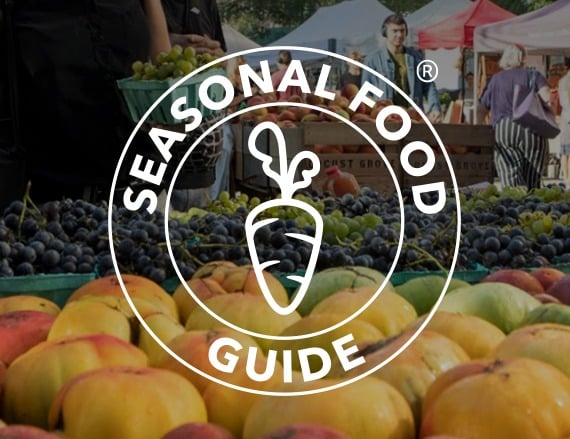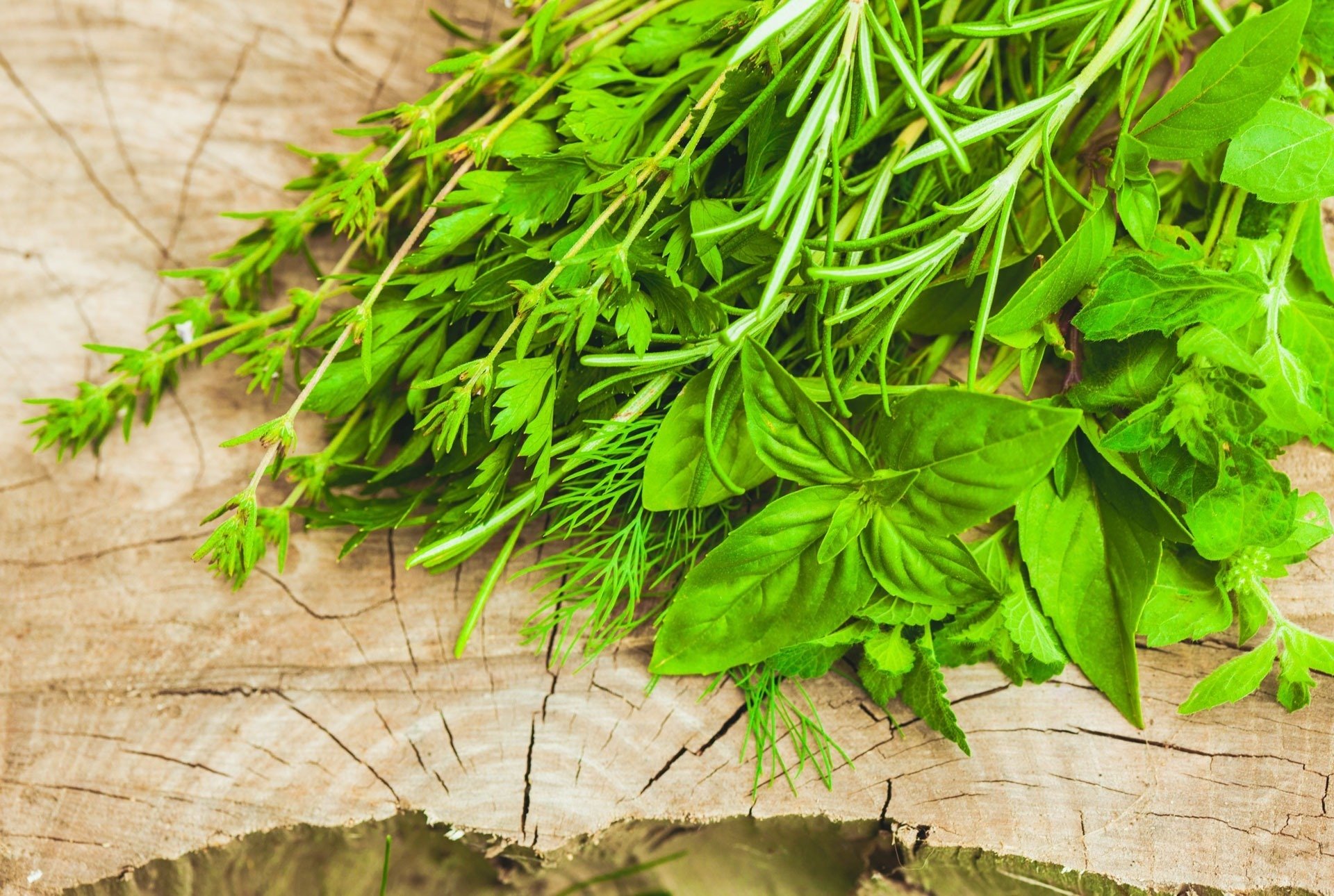Real Food Encyclopedia | Dill
Dill (Anethum graveolens) is for so much more than pickles. A seed spice crop and an important aromatic herb, it was once prized by the ancient Greeks and Romans for its health benefits and magical properties, and is a staple in the cuisines of Scandinavia, Eastern Europe, North Africa, Russia and beyond. In India, dill is grown with the name of sowa (A. sowa).
Did you know?
- Puritan parents used to bring along small containers of mixed carminative seeds like dill, fennel, anise and caraway to long church services. The snack known as “meetin’ seeds” was given to children to chew during mass to keep them quiet and stave off hunger and boredom.
- Dioscorides, a Greek doctor and surgeon, wrote that scorched dill seeds were applied to the wounds of soldiers to promote healing, a practice that was also shared by the Romans.
What to look for when buying dill
When buying fresh dill, make sure the herb is fragrant, bright green, free from any brown or yellow spots and not wilted. It should look a bit like a fern. You can also find dill in dried form (good for soups), or as seeds (that are good for making dill pickles) — both available in the spice aisle of most supermarkets.
Sustainability of dill
Dill is a hardy plant and has minimal environmental impact as it requires little water or fertilizer.
Seasonality
Although it is traditionally a spring and summer crop, dill is usually available all year long. Our modern food system means that herbs are shipped from California, Mexico and Latin America to grocery stores all year round, but nothing beats the freshest herbs.
Growing
Dill is very easy to grow at home in the garden or in containers. (If you grow your own, be aware that mature seeds can be toxic to birds.) Dill is considered a cool weather crop. Successful cultivation requires temperatures ranging from 42 to 79 degrees Fahrenheit, lots of direct sunlight and rich, well-drained soil. Seeds are best sown right in the ground as transplanting can be challenging. In northern areas, plant dill early in the spring, after the last frost, in rows two to three feet apart. In warmer southern regions, dill can also successfully be planted at the onset of fall.
You can plant the herb along a garden perimeter to attract bees. Wherever you plant it, just be sure to pick a permanent spot since it’s a self-seeding annual and it will shoot up every year in the same place if you let the flowers go to seed. Also, it’s best to plant it in a location safe from wind, as strong gusts can destroy its tall delicate stocks.
Full grown dill is about 1 to 2 feet in height. Once the plants are well established, you can harvest the herb by clipping the leaves close to the stem. Try to harvest early in the morning or in the evening. Here’s a handy how-to video on trimming dill. If you’re interested in harvesting the seeds, wait until flowers mature and seeds begin to ripen, anywhere from two to three weeks after blossoming. Remove the flowers heads from the stalks, place them upside down in a paper bag and leave them in a warm, dry place for a week. Afterward, the seeds will separate from the stems easily for storage in an airtight container.
How to cook dill
Storing
To extend the life of fresh dill, spritz the stems lightly with a fine spray of water, wrap loosely in paper towels and place in a plastic bag. Dill should last at least a week if stored this way in the vegetable crisper in the refrigerator. Freshly harvested dill seeds should be stored in a sealed container in a cool, dry, dark place and used within six months for best flavor.
Fresh dill sprigs can also be frozen for up to two months, but be prepared for it to darken a bit in color. To freeze fresh dill:
- Wash, trim and chop the dill.
- Allow to dry thoroughly.
- Once dry, place in heavy-duty freezer bags or freeze in ice cube trays with a small amount of water, then transfer to freezer bags. Frozen dill weed will have more flavor than dried dill and doesn’t need to be defrosted before it’s used.
Cooking
Pro tip: When mincing, preserve the flavor of dill by snipping it with scissors rather than chopping it with a knife.
The flavor of dill diminishes greatly the longer it is cooked so it’s best to add it to dishes at the very last minute or as a garnish. Dill pairs particularly well with all types of seafood and will greatly enhance the flavor of soups, poultry, salad dressings, potatoes, eggs and many vegetable dishes. Dill seed’s most common use, in the United States, is to flavor cucumber pickles. These seeds are also used in Scandinavian cooking to flavor bread, potatoes, vegetables and sauerkraut.
Nutrition and health
6.5 tablespoons of dill weed contains only 43 calories, but its phyto-nutrient profile is similar to high-calorie foods, like nuts, grains and meats. The fresh herb is an excellent source of the antioxidant Vitamin C and dill seeds are high in calcium, with each tablespoon providing an equivalent of 1/3 cup of milk.


